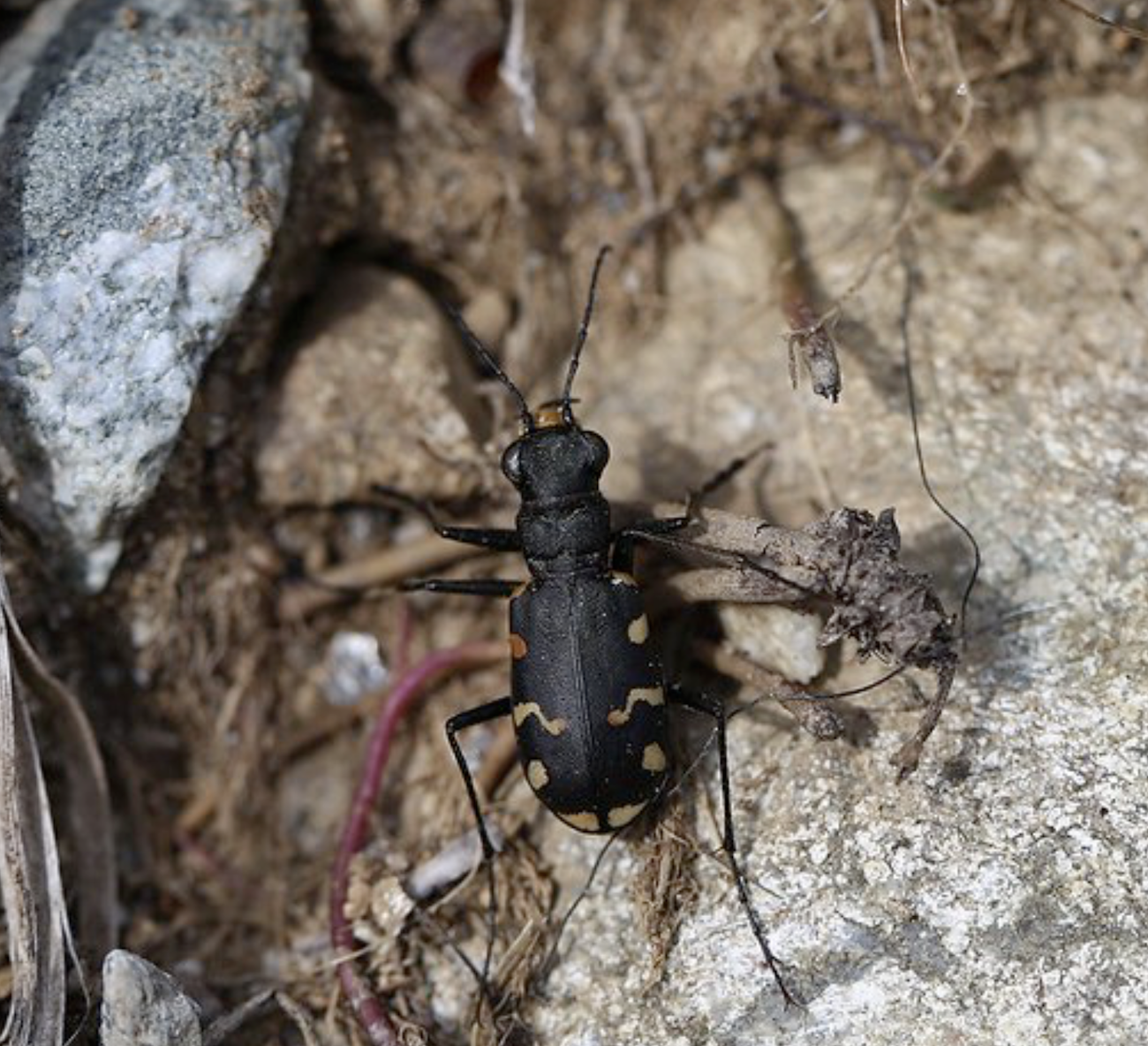Urbanization is favouring smaller beetle species and larger spider species with greater dispersal capacity.
The loss of woody areas is linked to a decline in the duration of the activity period, a higher tolerance to drought, and less dispersal capacity in both groups.
In an attempt to understand how human activities affect arthropod communities in the long term, an international research team from the Doñana Biological Station – CSIC and Swiss Federal Research Institutes has carried out a study revealing how the urbanization and the loss of woody areas impact spider and beetles communities. The scientific article, published in the journal Journal of Animal Ecology provides new insights into how human activity is shaping key traits of arthropod communities over time.
To carry out this study, the scientific team has analysed data from 1.73 million individuals of 877 species of spiders and beetles. These specimens were collected over approximately 40 years in areas with different types of land use. With these data, they examined how four key traits (body size, duration of activity period, tolerance to drought, and dispersal capacity) changed in spiders and beetles and assessed the impact of land use changes on these communities.
"We observed a generalized decline in the average body size in beetle communities, particularly pronounced in agricultural areas compared to forests", explains Carlos Martínez Núñez, first author of the study and postdoctoral researcher at the Doñana Biological Station. "In addition, we also observed widespread decreases in the length of the activity period and the drought tolerance in spider communities".
Results showed that urbanization was favouring, over time, smaller beetle species. High urbanization levels do not seem to affect the other traits analysed in these communities. They did affect them in spider communities. As expected, urbanization caused an increase in their average dispersal capacities. Species with high dispersal capacity could be better able to colonise more fragmented habitats. In addition, urbanization favoured species with larger body sizes and longer activity periods.
The loss of woody areas at the landscape scale was associated with changes in carabid beetle communities towards species with larger body sizes, shorter activity periods, higher drought tolerance, and significantly reduced dispersal capacities. Declines in the length of activity periods and dispersal capacity were found in spider communities.
"This study highlights how human activities affect key traits in arthropod communities over time", says the researcher Carlos Martínez-Núñez. "These changes can significantly alter their functional roles in nature, causing important consequences in a whole ecosystem".
The research team highlights the need for a more comprehensive understanding of long-term changes in arthropod communities and the importance of considering simultaneously multiple functional traits to predict the anthropogenic impacts in essential ecosystems.
Reference
Carlos Martínez-Núñez, Martin M. Gossner, Corina Maurer, Felix Neff, Martin K. Obrist, Marco Moretti, Kurt Bollmann, Felix Herzog, Eva Knop, Henryk Luka, Fabian Cahenzli, Matthias Albrecht. Land-use change in the past 40 years explains shifts in arthropod community traits. Journal of Animal Ecology. https://doi.org/10.1111/1365-2656.14062
https://doi.org/10.1111/1365-2656.14062


 Urbanization and loss of woody vegetation are changing key traits of arthropod communities
Urbanization and loss of woody vegetation are changing key traits of arthropod communities
